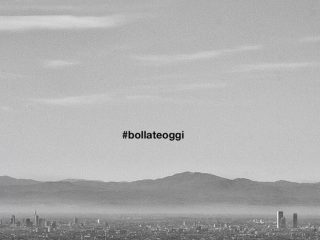Let’s start by taking it for granted that creativity is the basis of everything.
Picking up on Young&Rubicam’s famous advertisement for Pirelli in 1994, “Power is nothing without control,” I might dare (and here OSO)
“Image is nothing without creativity”
That premise having been made, we can proceed into the jungle of Pixels!
Don’t worry no headaches, but we must differentiate between small format and large format machines……….
Yes yes, you got it right!
Just as it used to be, even in the digital age one can still make this distinction. Years ago, images for industrial advertising (catalogs, advertising pages, company profiles) were made by photographers using so-called medium- and large-format machines (view cameras, Hasselblad, Mamya), this was because the client needed to start with a large original in order to make posters, blow-ups, etc. and thus have the highest quality possible. In these machines were loaded negatives or slides of sizes larger than the roll of film (10×12 cm. – 13x18cm up to the mythical 20×25 cm.).
With the advent of digital and the continuous development of technologies this gap seemed to be gone.
Certainly the difference has thinned but in the realm of professional Still Life, interior design and high fashion this gap has not yet been filled.
In fact, those who work in the advertising world and need to produce quality photographic shots, whether they are to be printed in fin art catalogs or published on the web, make their images with (can we call them) medium format cameras. The difference used to be the size of the film now is the size of the CCD (the electronic sensor that captures the image, you can see the size difference here).
PhaseOne, Hasselblad are leaders in making machines of this type.
Then again, it is as if mirrorless or SLRs are preferred for film making rather than equipment of the caliber of ARRI, RED, etc..
What are the advantages of these highly qualitative solutions:
1. More enlargements
2. More depth in the image
3. Flexibility of clipping in post production
4. High automatisms of function according to industry. (Just think of automatic multiple focus for greater depth of field)
These are the most common of the benefits; by taking a closer look at the industrial sector we can find additional solutions, for example, systems for very high quality reproduction of works of art.
So to make a quality photograph, do cameras still make a difference?
My answer is: yes.
Even today to make images for a very high quality or luxury market, cameras or rather photographic systems still make a difference.
Especially in the web where screens are increasingly piercing and various enlargements to see product details are increasingly necessary for e-commerce. An interesting article of how quality photography helps the sales performance of an e-commerce can be found at this address: Click here.
We also have confirmation in the advertisements of major mobile device manufacturers, which increasingly focus their communication on the quality of their integrated cameras.
In addition to taking pictures one must also manage all these MEGAMEGAMEGAPIXELs, but that is a whole other story that you can read in this article: Click here.
Of course as mentioned in the opening creativity, the quality of its execution and an organization of a communication strategy are outstanding ingredients not only for a good old healthy advertising but to enjoy the daily work.
We recommend you download our book dedicated to basic marketing techniques for free (click here or below)
Enjoy reading.











